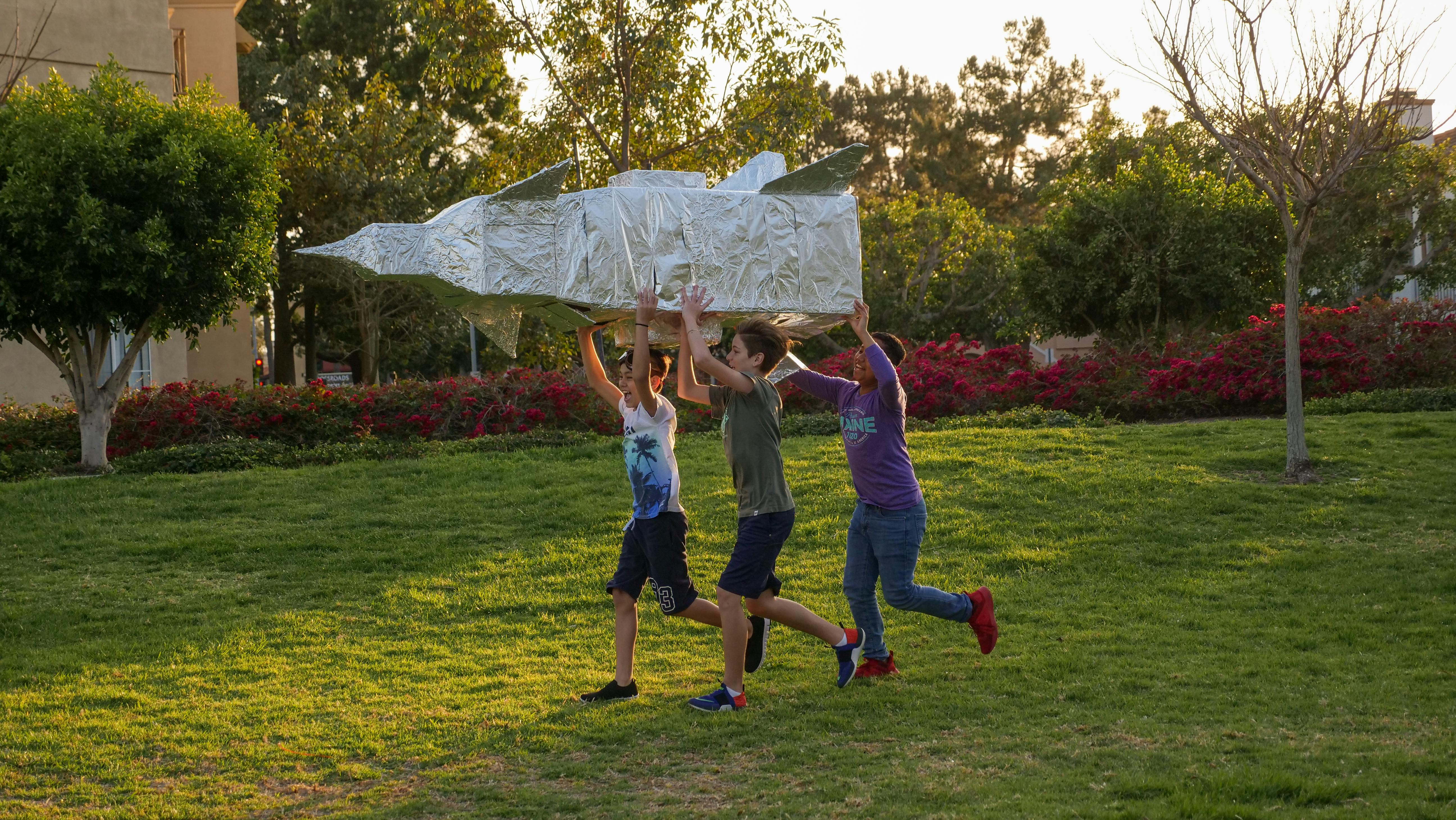The concept of “new” and “old” money is difficult for the average modern reader to grasp. In most of the country, the term “nouveau riche” isn’t used often, and with the flood of new Internet millionaires and billionaires in the last decade, the judgment certainly doesn’t exist anymore. Today’s America values the self-made man or woman, the “rags to riches” story. A person who makes his own fortune is intelligent and innovative, enterprising. She is someone to look up to.
However, this was not always like that. There was a time when building one’s fortune was considered crude, and only the kind of wealth that came to this country on the Mayflower was valued. In the 1920s, the East Coast, particularly New England and New York, was a land of the rich, the poor, and the haves long before the haves. This is the setting for F. Scott Fitzgerald’s classic novel, The Great Gatsby.
In Gatsby’s world, the difference between old and new money isn’t just a theoretical division, it’s a physical one. The “old money” elite (including Jay Gatsby’s object of affection Daisy Buchanan) live in the East Egg neighborhood, while the nouveau riche riffraff, including Gatsby himself, are relegated to West Egg. To the uninformed observer, the two Eggs are practically identical, but to the respective inhabitants of the Eggs, the differences are apparent throughout. Whenever Gatsby visits the Buchanans at East Egg, he, too, may wear a large red “EE” (a new scarlet typeface) on his lapel.
The social gap between Gatsby and Daisy has been the impediment to their relationship from the beginning, and when Gatsby set out to make his fortune as a young man, he did so with dreams of winning Daisy as motivation. He ends up becoming incredibly rich and has the house, the clothes, and the parties to prove it. The only problem? The love of her life, Daisy, has married Tom Buchanan in the meantime, and it seems all her hard work has been for nothing.
Those who believe that Fitzgerald wrote The Great Gatsby as a social and economic commentary see the novel as an allegory, a warning about the dangers of the pursuit of wealth. His rendition of one of the Great Gatsby’s most famous quotes, “Gatsby believed in the green light, the orgasmic future that year after year recedes before us. It eluded us then, but never mind: tomorrow we’ll run faster, stretch our arms wider.” away… And a beautiful morning -” is guided by this notion. The green light, they say, represents money, and the citation demonstrates the futility of pursuing it. There will always be someone richer; the race has no finish line.
But if that were the case; If Gatsby was just a mercenary and Daisy a symbol of what he could accomplish with his wealth, Nick is unlikely to like him that much. “You’re worth the whole damn bunch of them together,” he tells Gatsby, even though he “totally disapproved” of Gatsby’s way of life. If the reader trusts Nick’s judgment and believes that he really is as honest as he claims to be, his loyalty to Gatsby (loyalty to the end: Nick ends up being one of the only people to attend Gatsby’s funeral) must be worth something. .

